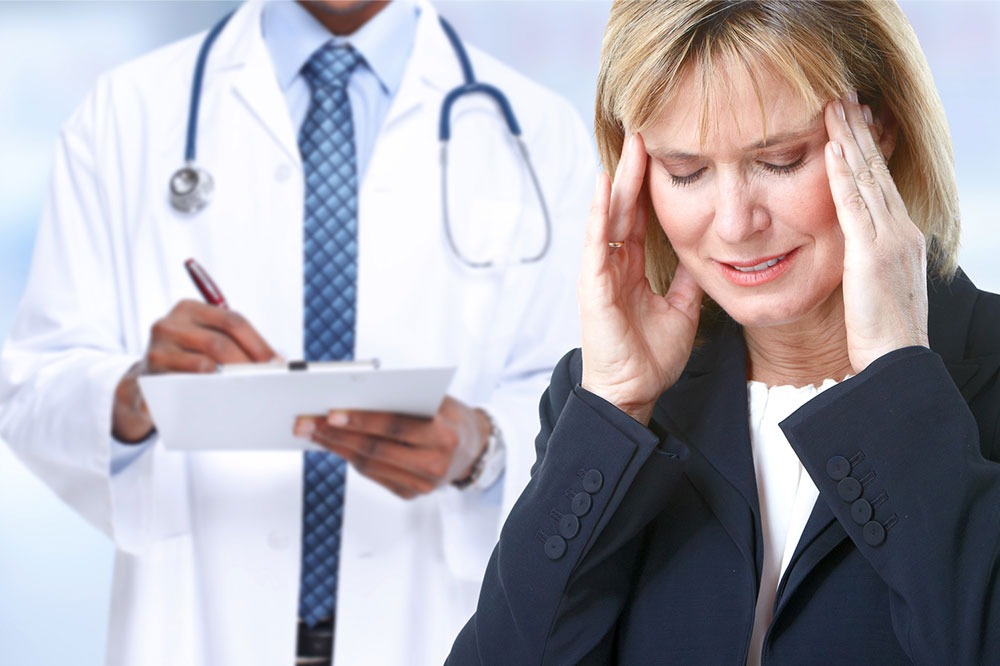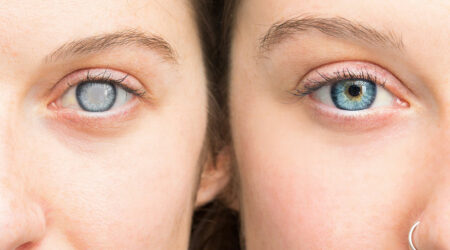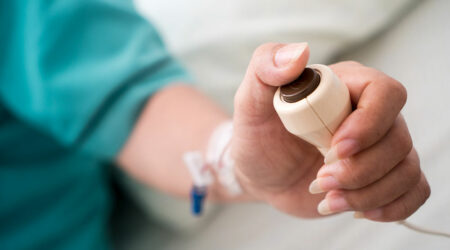
Migraine – Causes, symptoms, treatment, and prevention tips
Experiencing occasional headaches due to stress and anxiety is common. But migraines are different. These are severe and, more often than not, chronic. Also, the symptoms can worsen upon exposure to specific triggers. Another factor to note is that migraines might occur with or without headaches, and there could be other symptoms as well, such as nausea. Here, we will briefly discuss the crucial aspects of migraines.
Causes
Unfortunately, health experts still do not know the actual reason behind the problem. But what they do know is that specific triggers can cause a migraine episode. Food-based triggers are the most common. Some people experience severe headaches after consuming excess coffee or caffeine or after eating certain foods. So, one should plan a healthy diet and eliminate these foods.
But food is not the only trigger. Many women report having migraines during significant hormonal fluctuations, for instance, during menstruation or even menopause. Some women develop the problem during pregnancy or when getting on a new hormonal birth control plan. In addition, disturbed sleep at night or even irregular sleep cycles can trigger migraines.
Symptoms
The intensity of the signs can vary from person to person. However, most patients go through four stages as follows:
- Prodrome
The prodrome stage is the initial period where one notices mild symptoms like mood swings, tiredness, specific meal cravings, and even frequent urination. These are experienced a couple of days before the episode. - Aura
In the next stage, called aura, one might notice a sudden unexplained tingling sensation in their skin or even see random flashes; some notice blind spots suddenly. These symptoms occur for a few minutes, and they precede headaches and other more severe signs. - The attack
Depending on age, genetics, hormones, and other factors, the third stage can last for a few hours to a couple of days. There is a distinct throbbing or pulsating pain in the head, which is much different from a simple headache. The pain could be on one or both sides or even in the front or back of the head. - Postdrome
The final stage, or postdrome, is not very common. But it can be pretty intense and unmanageable. Lack of perception of day-to-day things or even a feeling of confusion and extreme tiredness occurs in most people.
Diagnosis
Migraines do not usually exhibit physical bodily changes. Therefore, most tests depend on the patient’s description of the symptoms. Some doctors ask the patient to note down the signs and look out for triggers. If one has a family history of the disease and the symptoms indicate a migraine, a CT scan or MRI might be performed to ensure that no other condition is causing the headaches and other symptoms.
Treatment options
Unfortunately, the problem has no cure. The most one can do is try and avoid the triggers. To manage the symptoms, doctors usually prescribe abortive or prophylactic medications. The former helps mitigate the symptoms once they occur, and the latter prevents severe attacks.
Natural remedies
Like most health conditions, migraines can also be managed by home and natural remedies. Here are a few methods to try:
- Use a hot or cold compress
- Stay away from bright lights
- Use aromatherapy
Best foods
While specific foods can worsen the symptoms, others can provide relief. The foods to consume are:
- Dark green vegetables that are rich in magnesium
- Items containing omega 3-fatty acids like salmon, walnuts, and legumes
- Herbs like peppermint and ginger
Preventive measures
Since there is no cure for the condition, prevention is one’s best bet. Here are some best practices:
- Avoid food items containing preservatives and additives
- Avoid noisy ambiance
- Get enough sleep; try to establish a regular sleep cycle
- Eliminate stress triggers
The best way to deal with migraines is to maintain a journal and note down all the symptoms and specific triggers. Details like diet, physical activities, sleep duration, and others would be useful.




